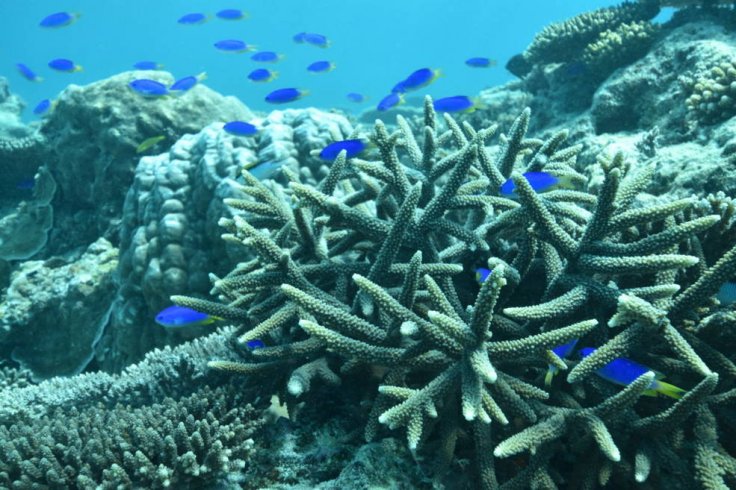
Australia has killed more than 600,000 starfish since 2012 to prevent it from eating away Great Barrier Reef and it has already unnerved many marine biologists.
The modus operandi is equally aggressive. A diver team of 25 volunteers has been formed to intensively hunt down the spiky crown-of-thorns starfish and inject bile salts into them. The divers inject around 10ml of bile salts into individual starfishes which punch holes in their cell walls and results in its death within a day.
Mike Hall, a researcher at the Australian Institute of Marine Science said that this Starfish is not like a typical five-armed starfish. They have more than dozen arms and can be large as a dinner plate. They are prone to feed only on coral flesh. The spiky starfish dissolves coral reefs using their digestive enzymes and drinks their juices. This results in coral reefs to lose its organic contents.
Steve Moon, Project manager for the Crown-of-Thorns Starfish Control Program said that their aim was to kill 1,000 crown-of-thorns starfish per day by each diver. "In recent months, occupational crown-of-thorns starfish divers have culled as many as 30,000 crown-of-thorns starfish in a single voyage."
The major drawback of the mission is its enormous time consumption, labor, and expenses. The project is currently focused on Swain Reef region of the Great Barrier Reef.
Conservationists are also attempting to breed corals which are less prone to climate-induced bleaching and replaces dead corals with baby corals.
Hall also said, "If nothing's done about the crown-of-thorns starfish, you're just producing food for the starfish."
Besides stafish, the Great Barrier Reef has been extensively affected by bleaching corals due to increased warmth of ocean waters. Satellite data suggests that bleaching would be widespread by March this year. Selina Ward, a coral reef biologist from the University of Queensland said, "It was quite a large stretch and there were some very recently dead corals. Hopefully, it isn't a sign of more to come."
Data suggests that the global coral bleaching event has reached its worst records in 2016 and 2017. Around half the coral reefs is thought to have been killed in these events.
Coral bleaches destroy algae which live inside corals leaving a transparent white skeleton of dead reefs. Corals reefs offer delicate habitats to a large variety of marine species. Several studies have found that corals could act as a protector of marine species during the global warming.
Even though corals could return to life after bleaching events, the increased water temperature prevents this process.









